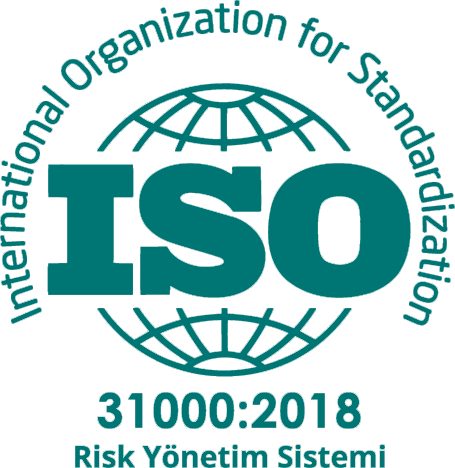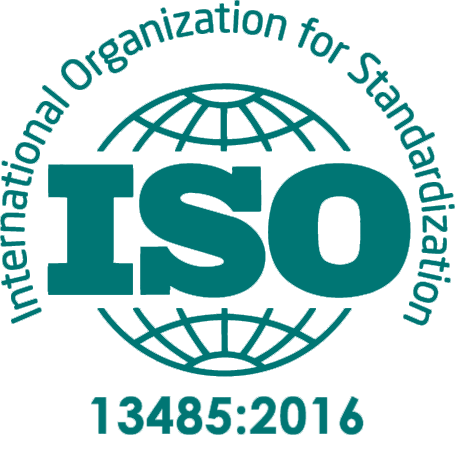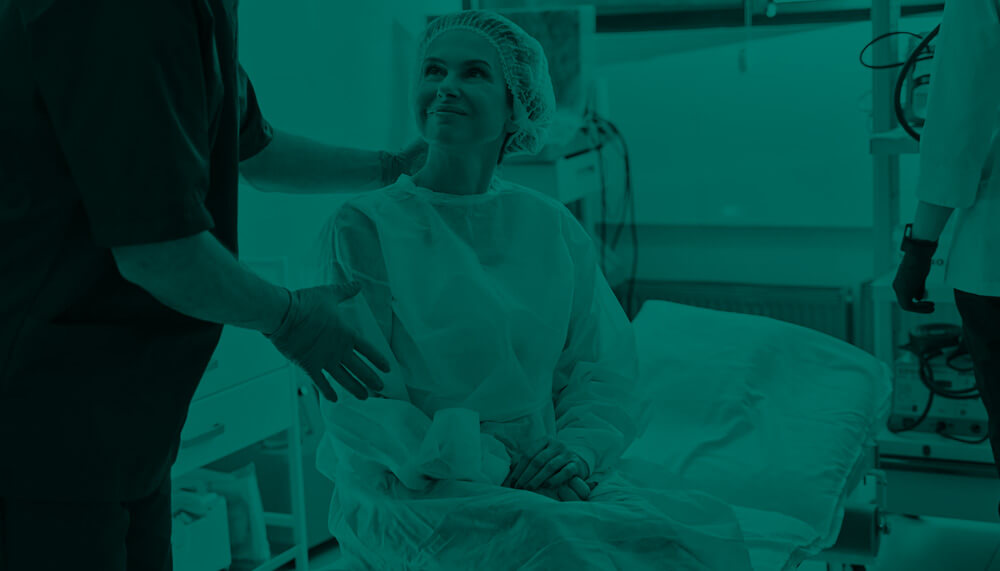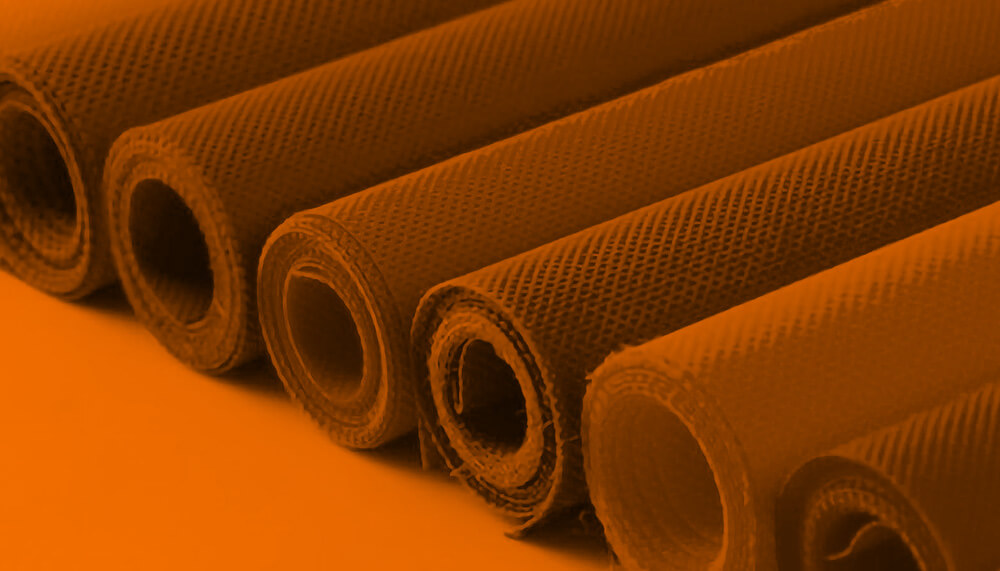How to Use a Surgical Gown?
A surgical gown is an essential protective garment used in surgical procedures, and it's crucial to use it correctly. Here are the steps for properly using a surgical gown:
1. Clean Hands: Before putting on the surgical gown, thoroughly wash and disinfect your hands. Clean hands are important to maintain the sterility of the surgical area.
2. Proper Donning: Before donning the surgical gown, carefully open it with clean, dry hands, and slip your arms into the gown sleeves. Pull the front of the gown forward, holding it in front of your body, and pull it back smoothly into place.
3. Fastening: Use the ties or clips at the back of the gown to secure it snugly around your body. The fastening should be secure but comfortable.
4. Keeping Closed: During the surgery, keep the gown closed and ensure it does not open during critical surgical steps. Use appropriate surgical gloves if necessary to provide additional protection.
5. Changing: The gown should be changed immediately if it becomes soiled or torn. During surgical procedures, you may need to change the gown; in such cases, carefully remove the soiled gown and put on a clean one.
6. Safe Disposal: Used gowns should be disposed of in appropriate containers where medical waste is safely disposed of.
When used correctly, a surgical gown helps ensure the safety of the surgical team and the patient and reduces the risk of infection. Therefore, it's important to use the gown properly during surgical procedures.


